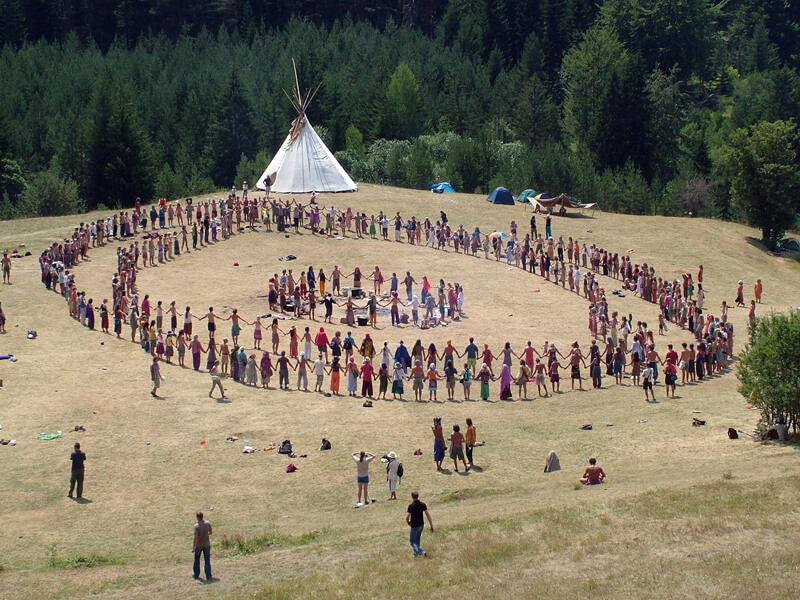This section explores how dance’s distant past shapes our current understanding and the many different ways in which ideas about dance that happened thousands of years ago have served as a model and an ideal for European dance art in particular. Antiquity around the Mediterranean has been used to justify notions of classicism and proper form as well as a need to break with these norms. Similarly, dances marked as ritualistic, usually from outside of Europe, have both supported arguments about the eternal significance of dance and challenged Eurocentric ways of defining what art actually is.
Jukka O. Miettinen: Dance and Rituals
Manna Satama: Unlocking the Ancient Art of Dance – Dance as a Profession
- Dance as a Profession
- The Body’s Suitability for Pantomime Dance
- Becoming and Shaping a Dancer
- Competing and Touring Dancers
Manna Satama & Vesa Vahtikari: Dancing Chorus in Ancient Greek Drama
- Greek Terms
- The Composition of the Chorus and Its Relationship with the Audience
- The Role of the Chorus and the Language of Movement
Hanna Järvinen: The Significance of Antiquity for Art Dance
- Isadora Duncan’s Many Sources
- Antiquity and Systemic Racism
